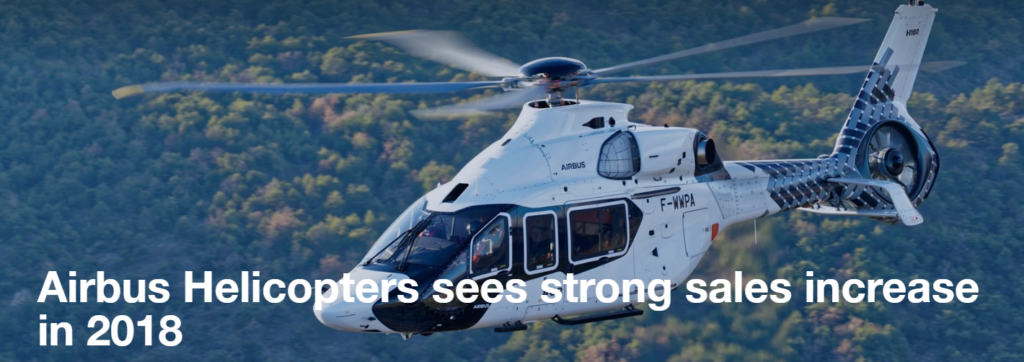Boeing Unveils Unmanned Combat Jet
AVALON, Australia (Reuters) - Boeing Co on Wednesday unveiled an unmanned, fighter-like jet developed in Australia and designed to fly alongside crewed aircraft in combat for a fraction of the cost. The U.S. manufacturer hopes…
